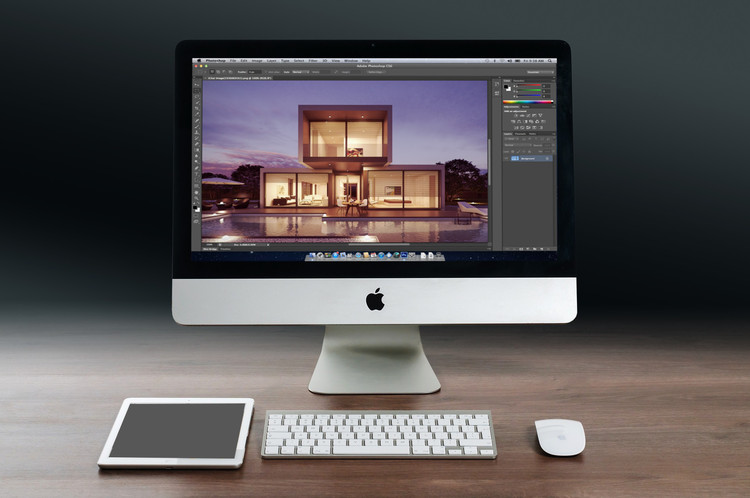
BIM (Building Information Modeling) is a methodology that allows architects to create digital design simulations to manage all the information associated with an architectural project.
While CAD creates 2- or 3-dimensional drawings that don't distinguish between their elements, BIM incorporates 4-D (time) and 5-D (costs). This allows users to manage information intelligently throughout the life cycle of a project, automating processes such as programming, conceptual design, detailed design, analysis, documentation, manufacturing, construction logistics, operation and maintenance, renovation and/or demolition.
In any design and construction project there are an unlimited number of participants, as well as infinite interactions between parties. The projects are multidisciplinary and include information that is not necessary to all involved. So who is responsible for what in each project? How far does my responsibility go and where does yours start? BIM helps to order the complexity of this process. [1]





























